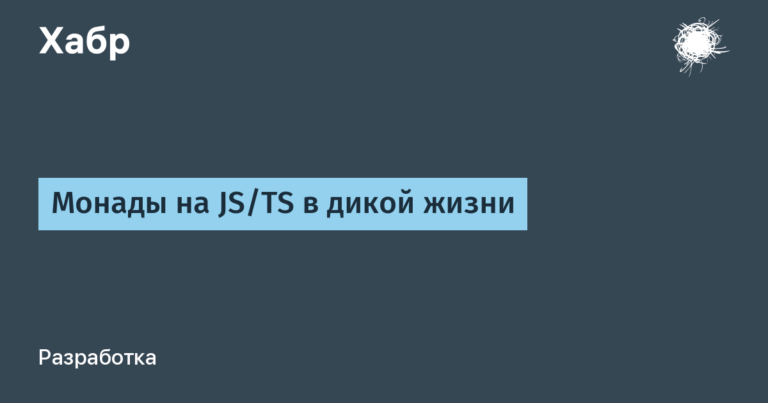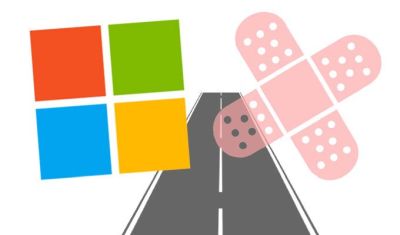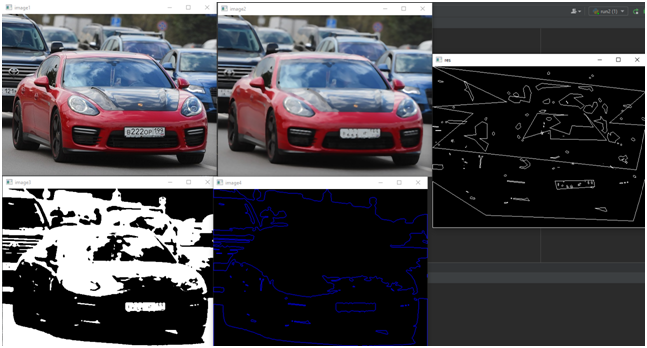One-letter programming languages
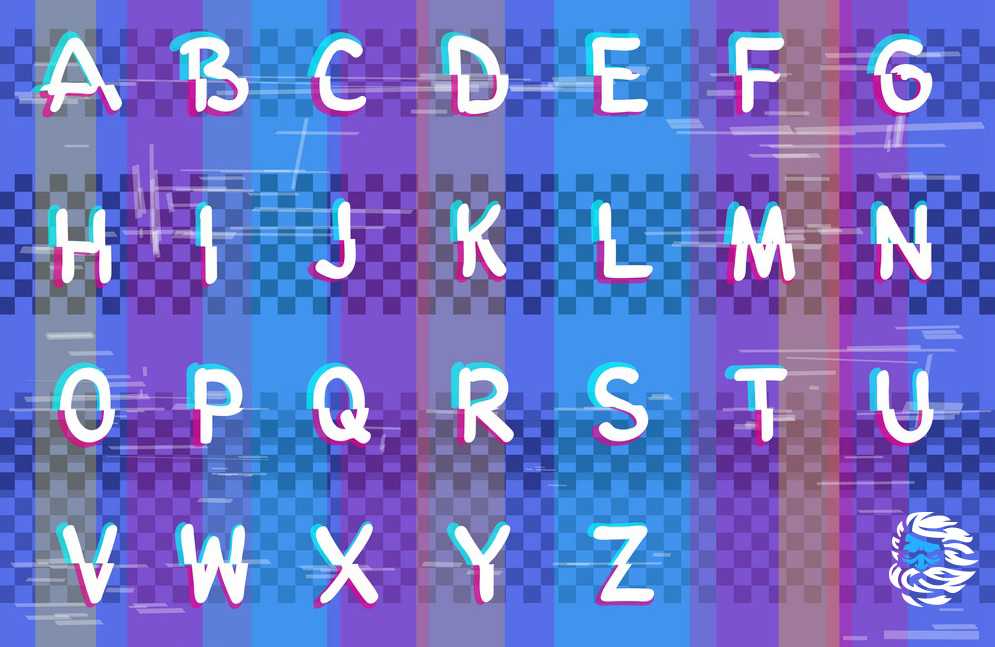
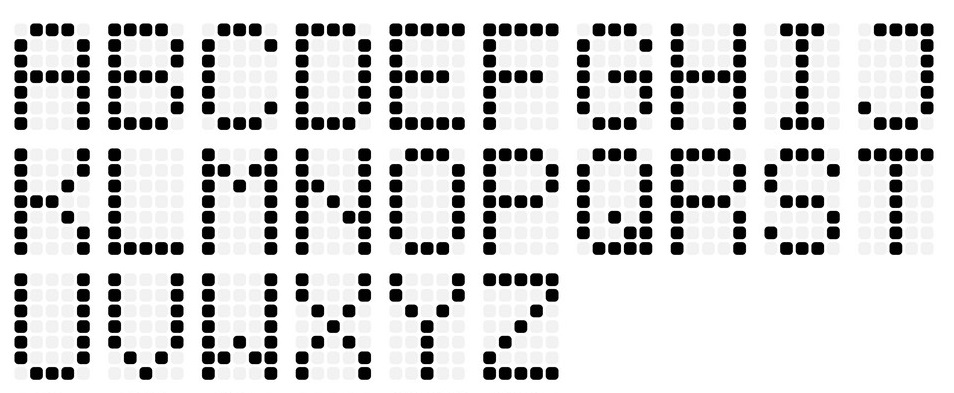
List of programming languages named by one letter.
BUT
A + programming language is a descendant of APL, like the other languages on this page, because the APL community loves single letter names. Arthur Whitney (creator of many APL dialects) created A, then Morgan Stanley expanded it to A +.
B
Programming language B is the predecessor of C and is no longer used these days.
C
No need to introduce C. If you are interested in this article, then you know C. We can also read C ++ and C # since non-alphabetic and non-numeric characters are allowed.
D
D Is an improved C ++. It is currently my favorite language, so things will be very biased. If you have a choice of languages, consider it a recommendation to check out D!
E
E programming language Is a rather unique language. It focuses on distributed programming as well as security.
There is also Amiga Eoften referred to simply as E. Wouter van Oortmerssen conceived of it as a scripting language for games and describes it as “a huge success, becoming one of the most popular programming languages for the amiga.” It is available as free program…
F
F # relatively well known. Essentially, O’Caml has been ported to .NET.
There is also Fwhich is a subset of Fortran. It should be easier to learn, use, and debug than full Fortran.
F * Is a functional programming language such as ML, designed to test programs. The main current use case for F * is to create a tried and true replacement for the entire HTTPS stack.
G
G-code also called the G programming language, so it fits. It is a numerical control programming language that is mainly used for programming CNC machine tools. It looks like assemblers.
Inside LabView there is real G programming language… It is a graphical data flow language.
H
H Is a weakly typed text language. Not much is known about him.
there is another Hwhich is equally useful.
One of the things I want to do with computers is create art for art’s sake. H is one such project. H is not a productive tool. You can’t create anything useful with H. This is an exercise in building a compiler and runtime from scratch, based on my past experiences with Lojban parsing, server-side WebAssembly, and the frustrating marketing of programming tools. I wanted to create something that intentionally brings out all the common ways of advertising programming languages and tools.
I
I is the languageinspired by J who wants to expand the focus from arrays to more data structures.
J
J is another descendant of APL and probably the most popular. For example, in Rosetta Code J – one of the most popular languages…
K
K is one of the main descendants APL by Arthur Whitney. It is a commercial product used by banks for financing and trading.
L
L was the tonguewhich gave the C syntax for TCL.
L is the brother of E by HP Labs.
L is a subset of Common Lisp.
L is a theoretical language in Computability, Complexity, and Languages: Foundations of Theoretical Computer Science.
M
Language M was invented by the French Office of Public Finance (DGFiP), the equivalent of the IRS, to convert tax codes into machine-readable instructions. It is a small domain-specific language based on variable declarations and arithmetic operations. Compiler reverse engineering available here…
M # focused on business applications and .NET websites.
MUMPS programming language also called “M”.
Microsoft Power Query contains language of formulas M…
N
Of posted publication 1989:
Expecting widespread use of neural network algorithms in the near future, our goal is to have a complete software development environment for programming and testing new applications. We intend to create a high-level language for the specification of neural networks as part of such an environment. The language we propose is highly modular, based on parameterizable data structures with functions in the form of update methods attached to them. The rules for constructing structures and methods allow you to build more complex structures from the smaller ones defined earlier, step by step. Objects are considered as standalone modules connected by stubs for communication. We especially took care of the parallelization of methods running simultaneously on different network objects. The syntax is very similar to the syntax of the C and C ++ languages.
I’m not sure if this will ever work, as the article is more like a blueprint with suggestions like “A full C simulator is expected to launch in the early 1990s.”
ABOUT
O is a stack language with one-letter commands. For example, “io” reads input line (i) and then outputs it (o).
P
P programming language intended for event-driven asynchronous programming. It was used to implement and validate the USB device driver stack that ships with Microsoft Windows 8 and Windows Phone.
P ′ ′ Is a primitive formal language since 1964. It was the first language without a GOTO, fully Turing validated. Brainfuck is P ′ ′ plus IO.
P # Is a Prolog interpreter for .NET.
Q
Q is the shell around K and the kdb + database to make it more readable.
Another language Q Is a functional programming language based on the rewriting of terms. He was replaced Pure…
There is also Q #, “A domain-specific programming language used to express quantum algorithms. It should be used to write subroutines that run on an additional quantum processor under the control of a classical main program and a computer. “
R
R is a well-known language statistical programming. It counts on par with commercial tools like SAS.
S
S is the language statistical programming, and R is considered an implementation. Most of the S code works in R.
T
T – dialect Scheme or Lisp. The last release was in 1984, so it can be considered dead.
U
U programming language – a personal project of Rob Upcraft. He wanted a simple C-like language to write his own operating system.
V
The 1985 summary mentions programming language V…
Newer V with huge ambitions in alpha.
W
W was created by Victor Toth in 2001 to program two vintage computers from HP. It is a very simple language, described as C, without keywords, types, and standard library.
X
X # Is a low-level programming language, somewhere between x86 and C. It is developed within Cosmos, an open source operating system toolkit.
X ++ Is a programming language used in one of Microsoft’s enterprise resource planning software products. It derives from C ++ and adds garbage collector and SQL query syntax.
Y
Y Programming Language and Y…
Z
Z-notation Is a formal specification language standardized as ISO / IEC13568: 2002.
Another Z Is a tiny, strict, impure, curried, partially applied programming language with a rather peculiar syntax.
Conclusion
If you’re looking for a free name, there isn’t one. However, you can probably rewrite H, I, T, V, or W.
On the other hand, why give a language a name that Google can’t?

